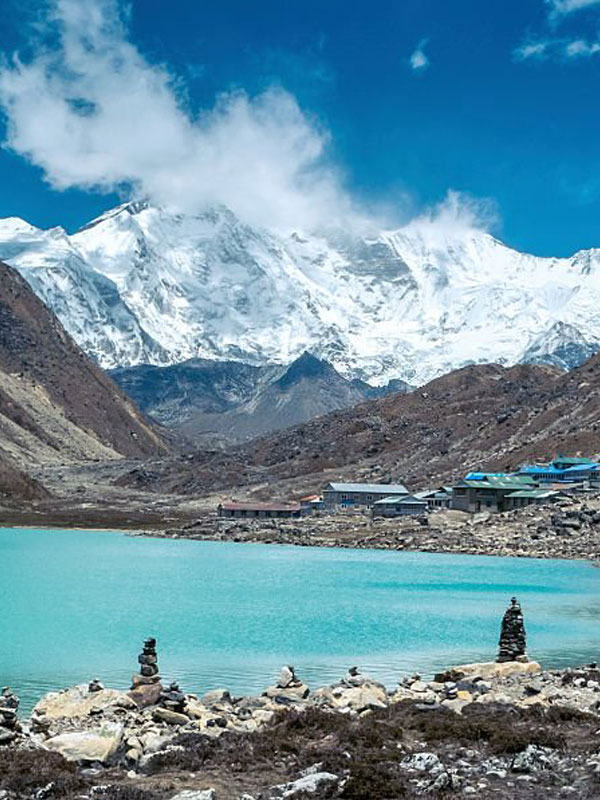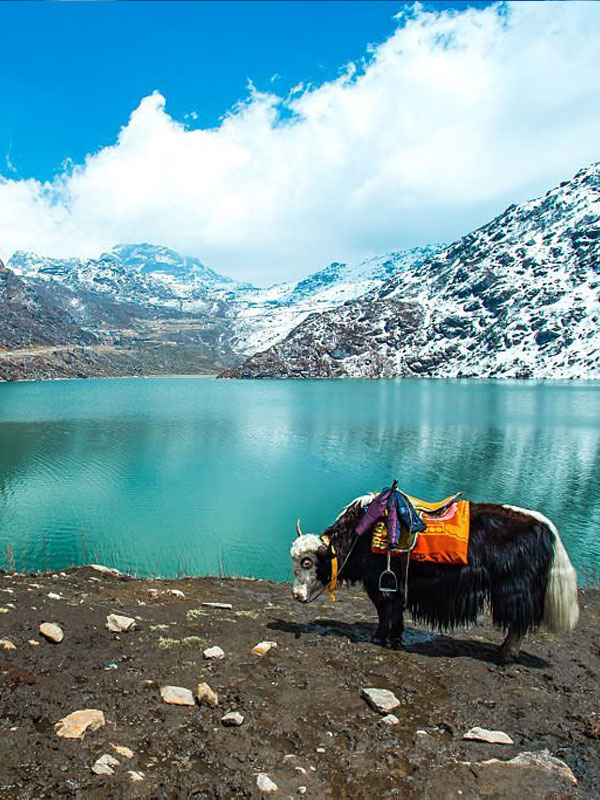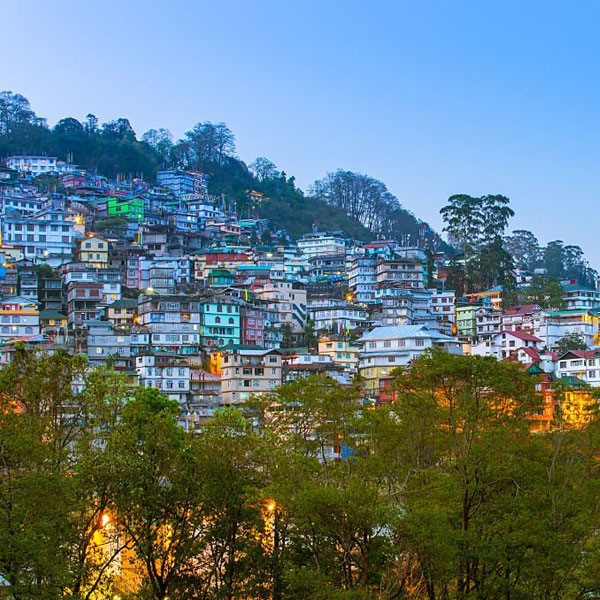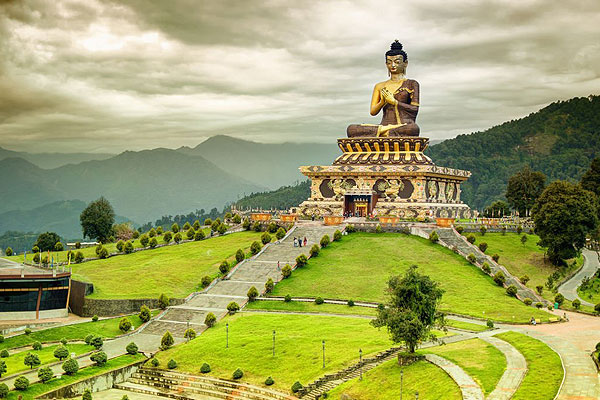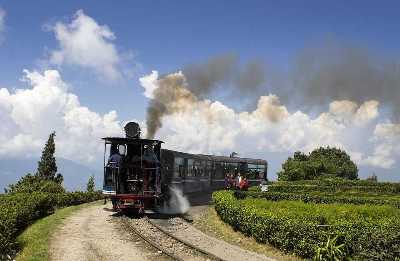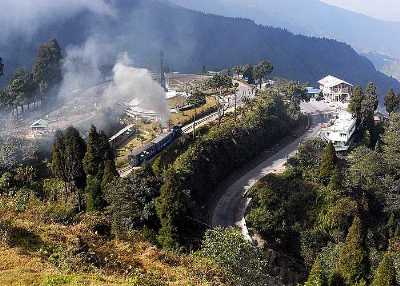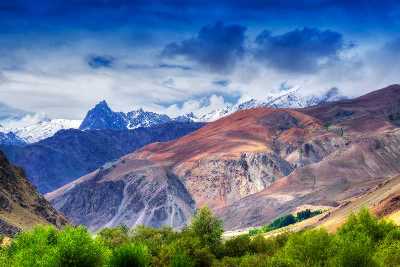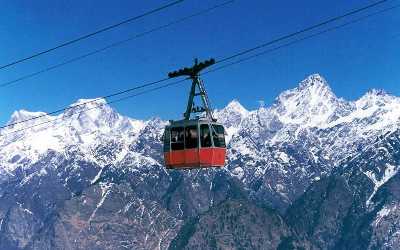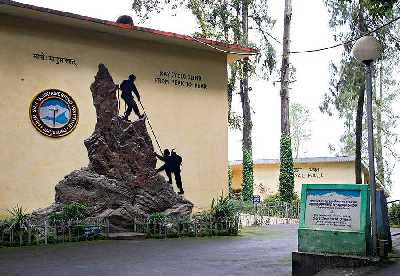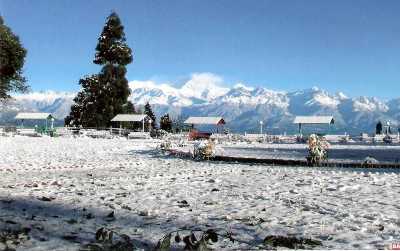Sikkim - Home to the Kanchenjunga
The smallest state in India is Sikkim, which is situated in the country’s northeast. The remarkable shaping of the landscape as one crosses this Himalayan state—from dense trees to vibrant meadows to a few barren places to wide views of the snow-capped mountains—is especially striking. Sikkim is undoubtedly a place that people fall in love with. It is inhabited by kindhearted people who provide some of the best hospitality and boasts amazing treks, snow activities, and picturesque landscapes.
Kanchenjunga, the state’s crown jewel and the third-highest mountain in the world, can be seen from practically anywhere. The state welcomes many visitors all year round and is known for its chilly winters and cool summers. The recently opened Pakyong airport near Gangtok, which is primarily accessible by road from neighboring states, is a prime example of the government’s efforts to improve connectivity.
Sikkim operated as a sovereign country with its own monarchy up until 1975, when it was integrated with India. Since then, it has developed into a vital part of India, with a particular culture that now has several features. Numerous monasteries and Hindu shrines may be found nearby as a result of the harmonious cohabitation of the dominant Nepalese community with the indigenous Bhutias and the immigrant Lepchas.
